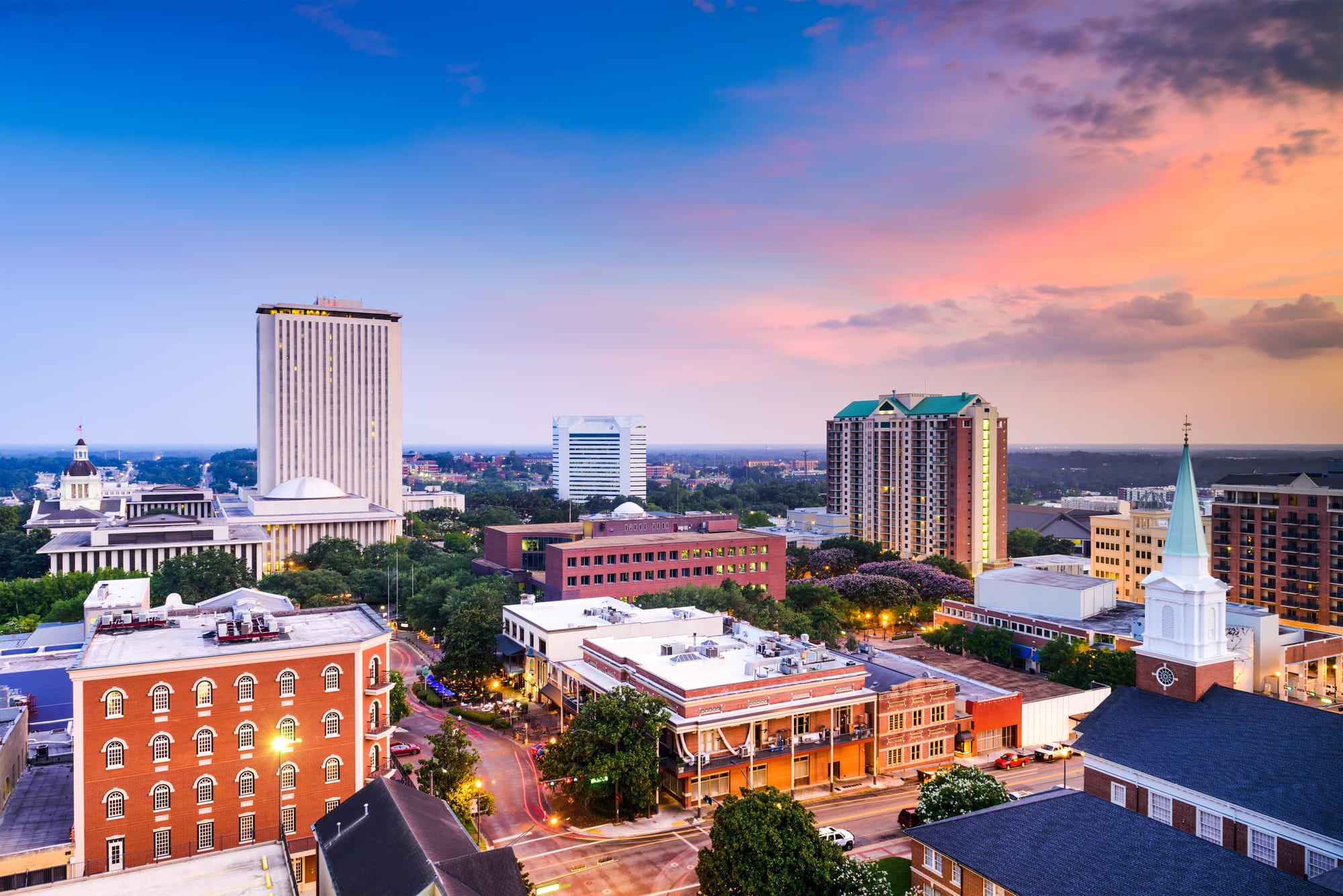Introduction
If you’ve ever visited Florida or seen pictures of it, you’ve probably noticed the iconic palm trees. These tall, slender trees are not just a part of Florida’s landscape—they’re a symbol of its sunny, tropical charm. In this guide, we’ll explore everything you need to know about palm trees in Florida. From their types and uses to their care and importance, we’ll cover it all in a way that’s easy to understand, even if you’re just a little kid!
What Are Palm Trees?
Palm trees are a type of tree that belongs to the family Arecaceae. They are known for their long, curved trunks and large, feather-like leaves called fronds. Palm trees are often associated with warm, tropical places because they thrive in sunny climates.
Why Are Palm Trees Special?
Palm trees are special for several reasons. First, they’re very easy to recognize because of their unique shape. Unlike other trees that have broad leaves or multiple branches, palm trees have a single trunk and a bunch of leaves at the top. Second, they can grow very tall—some species can reach up to 100 feet high! Finally, palm trees can live for a long time. Some of them can live for over 100 years!also read Oy Victima de Abuso en Polk County, Florida: Comprendiendo la Ayuda y Apoyo Disponibles
Types of Palm Trees in Florida
Florida is home to many different types of palm trees. Let’s look at some of the most popular ones:
1. Coconut Palm
The coconut palm is one of the most famous palm trees. It’s known for its coconuts, which are actually the fruit of the tree. These palms have long, feathery leaves and can grow up to 100 feet tall. You’ll often find them on beaches, where they add to the tropical vibe.
2. Date Palm
The date palm is another popular palm tree in Florida. It produces sweet fruits called dates. These trees have a more slender trunk compared to coconut palms and their leaves are also feathery but more spaced out. Date palms are often used in landscaping because they look elegant and can provide shade.
3. Sabal Palm
The sabal palm is Florida’s state tree. It’s shorter than the coconut palm, typically growing to about 30 feet tall. The leaves of the sabal palm are fan-shaped and the trunk is often rough. This palm is very hardy and can survive in a variety of soil types.
4. Royal Palm
Royal palms are known for their tall, straight trunks and large, arching fronds. They can grow up to 80 feet tall and are often used in parks and along streets because they make a grand statement. The royal palm is often seen in high-end landscaping due to its majestic appearance.
5. Paurotis Palm
The paurotis palm is a smaller palm that has a bushy appearance. It typically grows to about 15 feet tall and has a dense cluster of leaves. This palm is great for smaller gardens or as a decorative plant.
Uses of Palm Trees
Palm trees aren’t just pretty to look at; they have many uses as well. Let’s explore some of the ways palm trees are used in Florida.
1. Landscaping
Palm trees are a popular choice for landscaping because they add a tropical feel to gardens, parks, and streets. They’re often planted in front of homes, in commercial areas, and in public spaces. Their unique look can make any place look more inviting.
2. Shade
The large fronds of palm trees provide excellent shade. This makes them a great choice for areas where people want to cool off from the hot Florida sun. Many parks and public spaces plant palm trees to provide shaded spots for visitors.
3. Food
Some palm trees produce edible fruits. For example, the coconut palm provides coconuts, which can be eaten fresh or used to make coconut milk. The date palm produces dates, which are sweet and nutritious. Palm hearts, the tender inner part of certain palm trees, can also be eaten as a vegetable.
4. Building Materials
Palm trees have been used for building materials for centuries. In Florida, palm wood is sometimes used for construction and furniture. The leaves of palm trees can also be used to make thatched roofs, baskets, and mats.
How to Care for Palm Trees
Taking care of palm trees is important to keep them healthy and looking their best. Here’s a simple guide on how to care for palm trees in Florida.
1. Watering
Palm trees need regular watering, especially when they’re young. They usually need to be watered once a week, but during very hot or dry periods, they might need more. It’s important to make sure the soil around the palm tree stays moist but not waterlogged.
2. Fertilizing
Palm trees need nutrients to grow well. Using a special palm tree fertilizer can help provide the necessary nutrients. Fertilize your palm tree a few times a year, following the instructions on the fertilizer package.
3. Pruning
Pruning is important to keep palm trees healthy and looking nice. Remove dead or brown fronds to help the tree focus its energy on growing new leaves. Be careful not to over-prune, as palm trees need their leaves to stay healthy.
4. Protecting from Pests
Palm trees can sometimes get pests like palm weevils or scale insects. If you notice any pests, it’s important to treat them quickly to prevent damage to your tree. You can use insecticides or natural remedies to get rid of pests.
The Importance of Palm Trees in Florida
Palm trees are more than just a beautiful part of Florida’s landscape; they play an important role in the environment and culture of the state.
1. Environmental Benefits
Palm trees help the environment in several ways. Their roots help prevent soil erosion, especially near coastlines. They also provide habitat for wildlife, such as birds and insects. Additionally, palm trees help improve air quality by absorbing carbon dioxide and releasing oxygen.
2. Cultural Significance
Palm trees are an important symbol of Florida’s tropical lifestyle. They are featured in many state symbols, including the Florida state flag and the state seal. The sight of palm trees often brings thoughts of relaxation, vacation, and sunny days.
3. Economic Impact
Palm trees also have an economic impact. They are a key part of Florida’s landscaping and nursery industries. Many businesses and homeowners choose to plant palm trees, which supports local nurseries and landscaping companies. Additionally, the products derived from palm trees, like coconuts and dates, contribute to the economy.
Fun Facts About Palm Trees
Here are some fun facts about palm trees that you might not know:
1. Longevity
Some palm trees can live for over 100 years. They are able to adapt to different environments, which helps them thrive for a long time.
2. Diverse Sizes
Palm trees come in all sizes, from tiny ones that only grow a few feet tall to giant ones that reach over 100 feet. This makes them versatile for different types of landscaping.
3. Historical Uses
Palm trees have been used by humans for thousands of years. Ancient Egyptians used palm leaves in religious ceremonies and for building materials. In tropical regions, palm trees have been a source of food, shelter, and tools.
Conclusion
Palm trees are a special part of Florida’s landscape. They add beauty and charm to the environment, provide valuable resources, and have cultural and economic significance. Whether you’re walking along a Florida beach or just admiring them from your backyard, palm trees make a big impact. By understanding how to care for them and appreciating their role, we can help keep these wonderful trees thriving for years to come. So next time you see a palm tree, take a moment to appreciate all that it brings to Florida and beyond!





